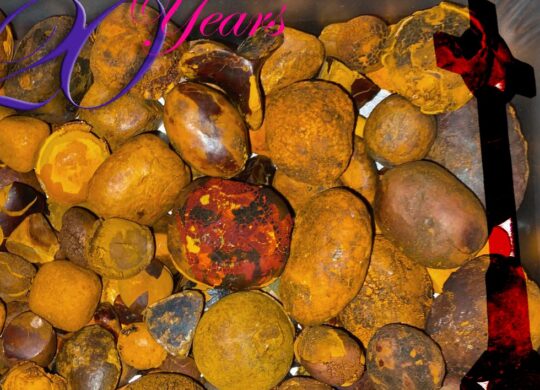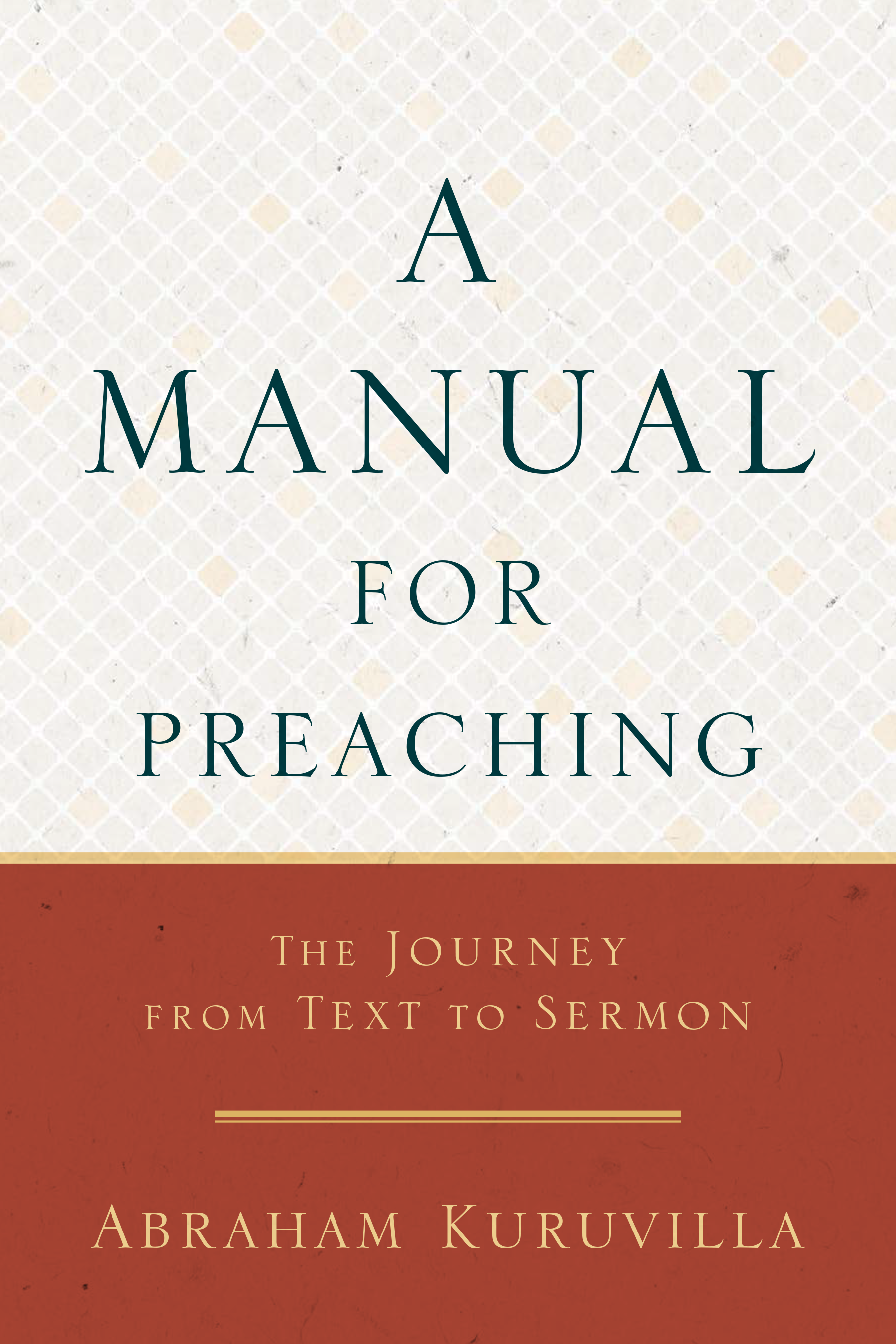Value?

The Wall Street Journal reported recently about thieves who are after cattle gallstones—those hard substances formed inside the gall bladder from precipitated components of the gland’s secretion, bile. Most humans try hard to stay away from gallstones. Not these days.
You see, these things are some of the most prized ingredients in traditional Chinese medicine (TCM—a $60 billion-per-year industry), so much so, that traders in cattle gallstones are willing to pay as much as $5,800 an ounce retail—twice the price of gold!—for the nuggets of hardened bile. Herbalists say they can help cure hypertension, obesity, and most other diseases, all of which are now widespread in an era of rapid development and the accompanying diet changes in that nation.
And so the surging demand for gallstones has sparked a global treasure hunt across the world’s top beef-producing regions, places as far apart as Texas and Australia, and especially on the savannah of Brazil, the world’s largest cattle exporter. Gangs are breaking into slaughterhouses to burgle gallstones!
Declared Rafael Faria, a police investigator in Barretos, a farming town in São Paulo:
I thought it was a joke at first. I was recently called upon to probe a spate of gallstone heists and rampant smuggling as traders try to get them to buyers in Hong Kong, Shanghai and Beijing.”
Hong Kong’s imports of cattle gallstones hit $218.4 million in 2023, with Brazil the top supplier.
Slaughterhouse workers in Brazil and Australia have been arrested in recent years for pilfering the stones while on the job, sometimes surreptitiously plopping them down their rubber boots. In Uruguay, home to the highest number of cattle per capita in the world, two were sentenced to prison for trafficking over $3 million in bovine gallstones to Hong Kong without declaring them to the authorities, according to Interpol.
Conservationists blame TCM for an alarming rise in wildlife trafficking and governments have struggled to contain the trade in rare animal parts, from rhinoceros horns to pangolin scales and tiger genitals. And those gallstones are often mixed with parts from endangered species, like, for instance, a pill used to treat strokes is made from a combination of gallstones and rhino horns.
The London-based Environmental Investigation Agency proclaimed:
The rapid growth of the TCM industry over the last few decades has exacerbated the pressure on endangered wildlife in Asia and beyond, which has followed the exploitation of wildlife by the industry over recent decades.”
Selling gallstones isn’t illegal in Brazil, but trade in the little rust-colored rocks has largely flourished underground, with dealers dodging taxes and regulations, and armed gangs emerging to hunt down the treasure.
Daniela Gomes da Silva, a researcher at the São Paulo State University, said the hunt for gallstones across Brazil’s savanna has become so frantic that some producers have recently inquired about how to give their cattle gallstones.
As if we knew! We still don’t understand the exact mechanism that causes gallstones.”
José de Oliveira, chief executive of Oxgall, a Brazilian gallstone trading company (yup!), said:
The quality—and price—of gallstones varies wildly, with chestnut brown rocks considered the purest.
On average, we pay between $1,700 and $4,000 an ounce wholesale.”
Golly! A single gallstone can be worth more than all the meat on a cow.
But you know what is more valuable? The words of God!
More desirable than gold, even than much fine gold;
and sweeter than honey, even the flow [from] the honeycomb.
Also, Your servant is warned by them;
in keeping them is much reward.
Psalm 19:10–11
SOURCE: The Wall Street Journal












 Abe Kuruvilla is the Carl E. Bates Professor of Christian Preaching at The Southern Baptist Theological Seminary (Louisville, KY), and a dermatologist in private practice. His passion is to explore, explain, and exemplify preaching.
Abe Kuruvilla is the Carl E. Bates Professor of Christian Preaching at The Southern Baptist Theological Seminary (Louisville, KY), and a dermatologist in private practice. His passion is to explore, explain, and exemplify preaching.